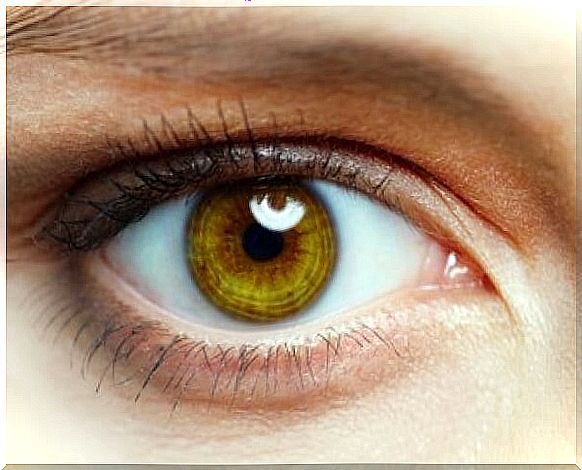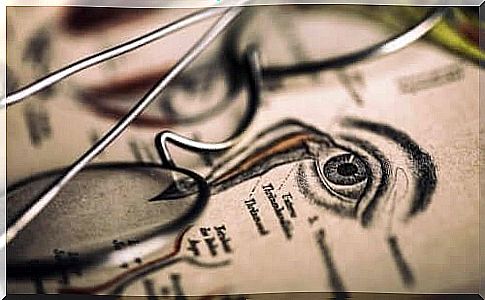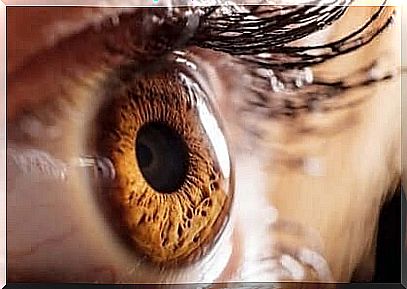Optography: The Macabre 19th Century Science

The 19th century was one of the most interesting periods in contemporary history. Social movements, industrialization, increased school attendance and scientific progress have led to many innovations and changes. That same combination also gave rise to many strange beliefs and scientific experiments, including optography.
The people of that time had an enthusiastic interest in the afterlife, the novels of Sherlock Holmes and Jack the Ripper. The latter was one of the most infamous serial killers of all time. So it’s not surprising that this period has yielded some unconventional forensic methods.
One of the most famous and controversial was solving heinous crimes in the most “modern” way: by extracting the last images from the retina of the victim’s eye.
While this idea may seem quite absurd now, keep in mind that society had a great fascination with photography in the late 1800s. People thought it was something exotic, mysterious and even magical.
In that context, it is therefore not surprising that some enthusiastic specialists decided to create a photography-based science.

What is optography?
The word optography comes from two Greek terms: opto (of sight) and grapho (writing). Academics at the University of Heidelberg in southwestern Germany were the first to use the term in 1877.
A professor of physiology, Wilhelm Friedrich Kühne, was the first to coin the term. An original theory from his college Franz Christian Boll aroused his first interest in this subject. The physiologist argued that there was a pigment in the retina that faded in the sun and reappeared in the dark.
This discovery then opened the door to a new world of hypotheses and theories that promised to revolutionize forensic science. Kühne believed that optography would help reveal a killer’s identity simply by analyzing the victim’s retina.
The last image captured on the retina would provide the clue detectives needed to find the criminal. All they had to do was take the retina off and store that last image in the right chemicals.
Monk Christopher Schiener was actually the first person to analyze an optogram (the name doctors gave to the images) over a hundred years earlier.
The monk was dissecting a frog when he discovered the last image before the animal died, “recorded” by the frog’s retina. This discovery had a major impact on the monk and formed the basis for this controversial practice.
The cruelty of innovation
While Kühne’s intentions might have been good, his methods were not. He used some morally questionable, cruel and rather macabre techniques for his research. Kühne, however, seemed to have no doubts about his work. After all, optography would change the world!
Kühne used small frogs and rabbits for his experiments. He forced them to look at extremely bright lights for a long time. Then he beheaded them. He then quickly removed their eyes and placed them in a dark, closed room. There he cut out their retinas and restored the famous pigment in a chemical solution to preserve it.
These atrocities would not have been so common if the experiments had not been more or less successful. Kühne performed his most famous experiment on a rabbit. Supposedly, he was able to perfectly capture the last image of the animal from a window.
Kühne killed countless animals for his optography experiments. Today, people would be quick to speak out against such actions. At the time, however, so many important innovations were taking place in medicine and biology that few people thought about animal cruelty and suffering.
Human subjects
In 1880 Kühne was able to fulfill his greatest dream. Executioners at a local prison behead an inmate accused of murdering an entire family. This allowed Kühne to experiment with human retina for the first time.
Kühne claimed that the result of the pigment analysis revealed an image of the guillotine’s ax. Some of his contemporaries rejected his claim. They suggested it could be a different image. However, his suggestion ultimately won.
A year later, Kühne published a book called Observations for Anatomy and Physiology of the Retina . In it, he argued that his experiments were successful. Unfortunately for Kühne, there is no scientific evidence to support his claims.

The evolution of optography
Ultimately, the lack of supporting evidence led forensic scientists and the police to stop trying to use optography to solve crimes. However, that didn’t stop the theory from becoming an urban legend that captured the collective imagination for years.
The myth of optography has inspired countless books, movies and TV shows. Famous writers such as Rudyard Kipling and Jules Verne incorporated these ideas into their stories, as did some well-known TV series such as Dr. Who.
People are fascinated by the macabre and cannot resist this ‘guilty pleasure’. However, we are responsible for using our skills wisely and civilized.
After all, the future responsibility for scientific findings rests in our hands. Science still holds many secrets and nothing will stop man from discovering these secrets.









